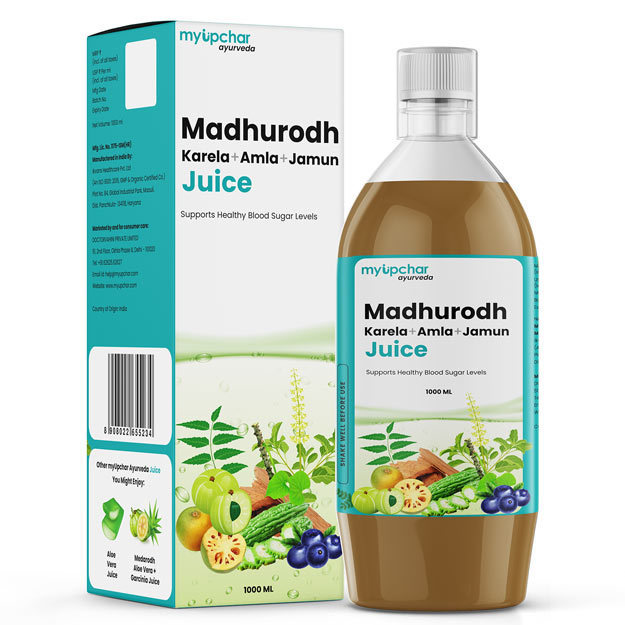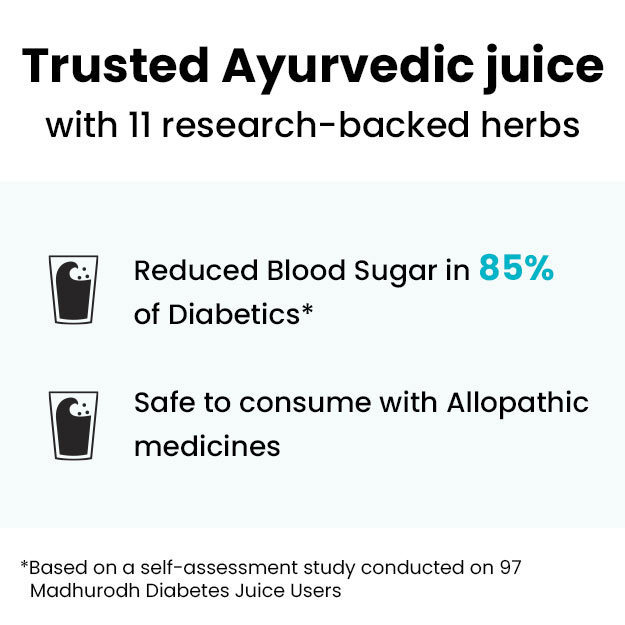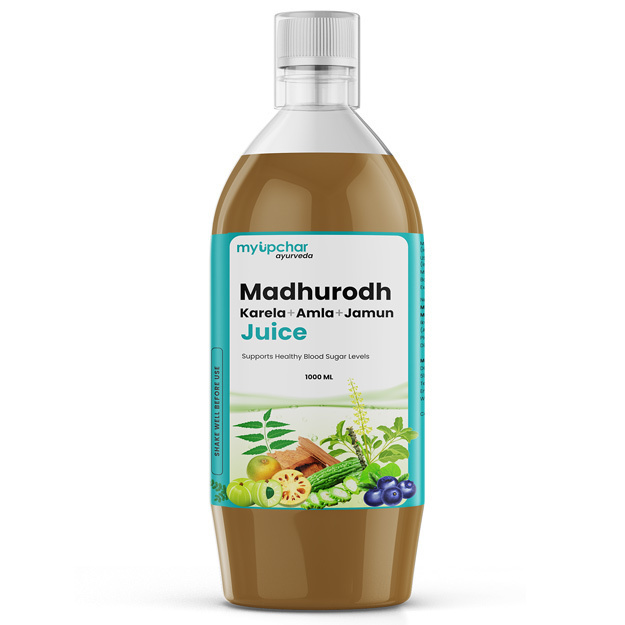Ginger plant belongs to the family Zingiberaceae along with medicinal wonders like turmeric. It is one of the most important spices present in any kitchen worldwide. In fact, the spicy and refreshing ginger flavour is a staple ingredient in a lot of famous recipes. But, the zing of this condiment isn’t just restricted to the pantry.
For thousands of years, ginger has been in use as a healing agent in ayurvedic, unani and siddha medicine. It is one of the top herbs used for reducing nausea, vomiting, gas, and flatulence. Ginger tea is probably the most common beverage used in India for its warming and stimulating effects on the body. Starting to show up in the fall season, gingerbread candies and decorations make up most of the Christmas flavours and decorations.
The name ginger comes from a Sanskrit word srngaverum which translates to “horn root”, probably explaining the structure of the ginger root.
Did you know?
Ginger, popularly known as ginger root is actually a rhizome or a modified stem. It might interest you to know that one pound of ginger was considered to be equal to the value of a sheep in the 14th century. To this date, ginger remains a commodity highly prized for its medicinal and culinary value.
Some basic facts about ginger:
- Botanical name: Zingiber officinale
- Family: Zingiberaceae
- Common names: Ginger, True ginger, Adrak
- Sanskrit name: Adraka
- Parts used: stem
- Native region and geographical distribution: Ginger is a native of tropical regions of Asia. It is widely grown in India, Africa and parts of America.
- Energetics: Warming

































